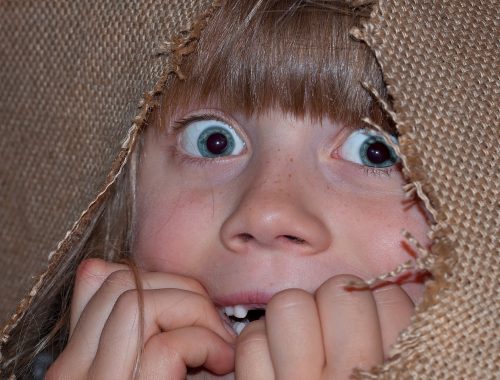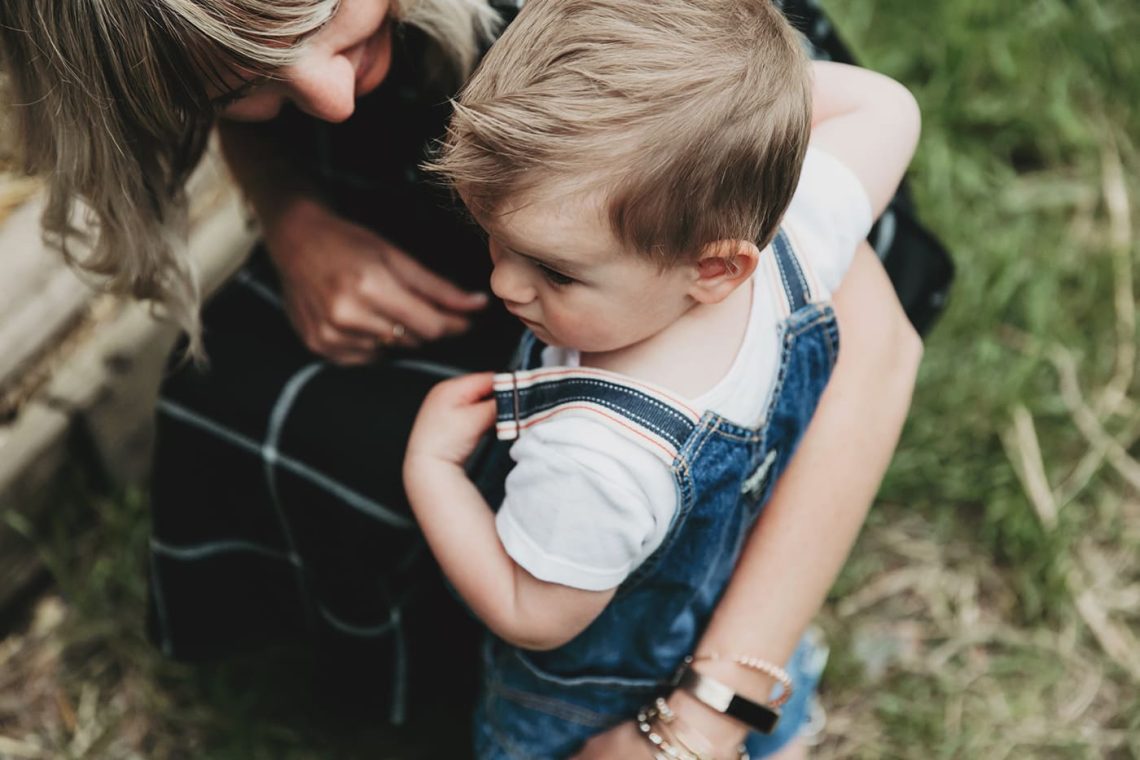
How To Develop Healthy Sexuality In Children?
How a child learns to treat the other gender, and how the child feels about his or her own sexuality is an important part of his or her self-image. We prefer to talk about “building healthy sexuality” rather than “teaching sex.” Schools, for better or for worse, teach sex; homes model sexuality. This means not only teaching facts of life but attitudes as well. To help your child develop healthy sexuality, you must prepare him or her for the physical changes ahead and for the feelings that accompany these changes. Your child also needs to know how sexuality operates in healthy male-female relationships.
1. Touch is the beginning of sexuality.
Parents ask, “When do I begin teaching my child about sex?” “At birth,” according to experts. In most of your interactions, often unknowingly, you give sexual messages to your child. The earliest message is touch. From the moment of birth on, your child will know if you are a touching family. Your infant feels good giving and receiving touch. Caressing your baby’s face, massaging their skin, being entranced in an eye-to-eye gaze, and having your baby at breast and in-arms instills early attitudes that the body is good; it’s good to touch and be touched.
As a result of this high-touch style of attachment-parenting, the child gets the early sexual message to be comfortable giving and receiving touch. They learn that this is one way that human beings show love for one another. Honouring the need to be touched helps a child feel comfortable about herself or himself as a person. This is the beginning of learning to feel right as a “she” or “he.”
2. Embrace the difference.
In the past, women tended to babies and men tended to business. One of the richest changes in parenting over the past twenty years is mothers and fathers sharing childcare, not in competition over “who’s better,” but in the growing realization that babies thrive on the differences in the way males and females care for babies.
Mothers and fathers hold, look at, and touch babies differently. Babies pat breasts and rub beards. Babies respond differently to male and female voices. Early on, give your infant the message that both sexes can nurture babies, and these little takers will learn to extract the best from both mother and father. The challenge is to celebrate the differences in gender and still give both genders equal opportunities for nurturing. Remember, dads, you are the first male your child knows, and moms, you are the first female.
3. Being different does not imply less.
It’s important for children to learn that both genders are equally valuable. Sexual equality, used correctly, should not mean sameness, but equal value, equal opportunity. It would be a dull and short-lived world if the sexes were the same. It’s important to model respect for the opposite sex for your children, build up each other in your children’s presence, and tell your children what a wonderful mother or father they have. Children who value and respect the other gender are less likely to become adults who harass the other gender.
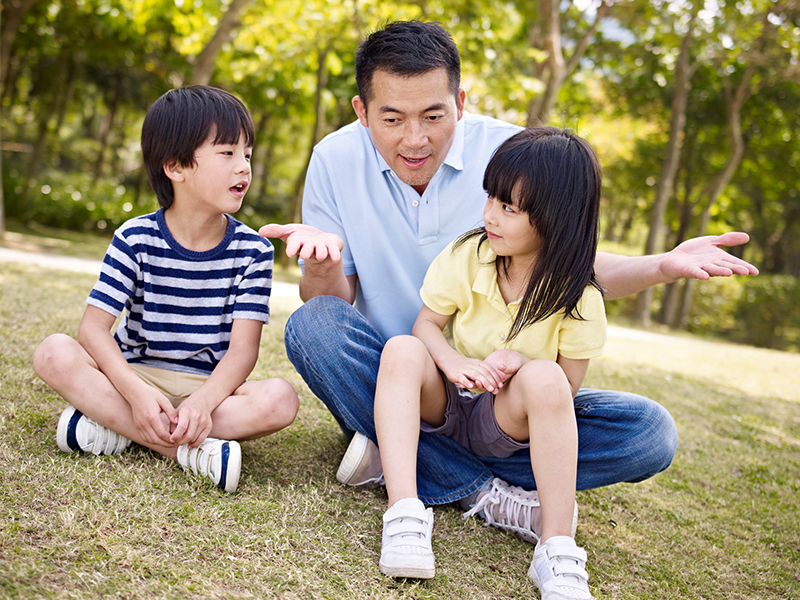
4. Reinforce the person more than the gender.
It’s normal and healthy for parents to encourage gender differences, but traditional views on what constitutes gender-appropriate behaviours no longer hold water. Take cues from your child first as a person, second as a member of a gender. If growing children become comfortable with themselves as people, they are much more likely to be comfortable with their sexuality. Tenderness and assertiveness in both sexes is a better way to have balance.
5. Foster a healthy gender identity.
By age two-and-a-half children become aware of gender differences. They begin to identify “girls” and “boys.” Girls become aware that girls have long hair and sometimes wear dresses; boys have shorter hair and wear pants. And they become aware that their genitals look different and they “pee” differently. (Four-year-old brothers have been known to taunt younger sisters: “I’ve got a penis and you don’t.”) How you approach the differences in external genitalia can help play down the who’s better problem. Instead of perpetuating the idea that boys have penises and girls don’t, use your comment to equalize the situation, “Girls have a vulva, boys have a penis.” A little girl may tend to feel inferior because she doesn’t have such an “interesting” piece of equipment, and a little boy may feel anxious that he could lose what he has. A wise bit of teaching here can leave both genders feeling good about themselves.
From birth, boys are generally more aggressive and rougher than girls during play, though sometimes the reverse is true. How much of this difference in behaviour stems from the X and Y chromosomes and how much from cultural programming is open to question. Gender behaviours are a combination of genetics and the environment. Some boys dive headlong into traditionally male activities (trucks, combat), and some girls into female ones (dolls, cooking). Many children show very individual and less gender-oriented preferences. Boys can be equally imaginative in playing house as girls can be, and girls can be just as rough-and-tumble in pretend adventure as the boys. Also, gender behaviour may depend on what activities parents allow.
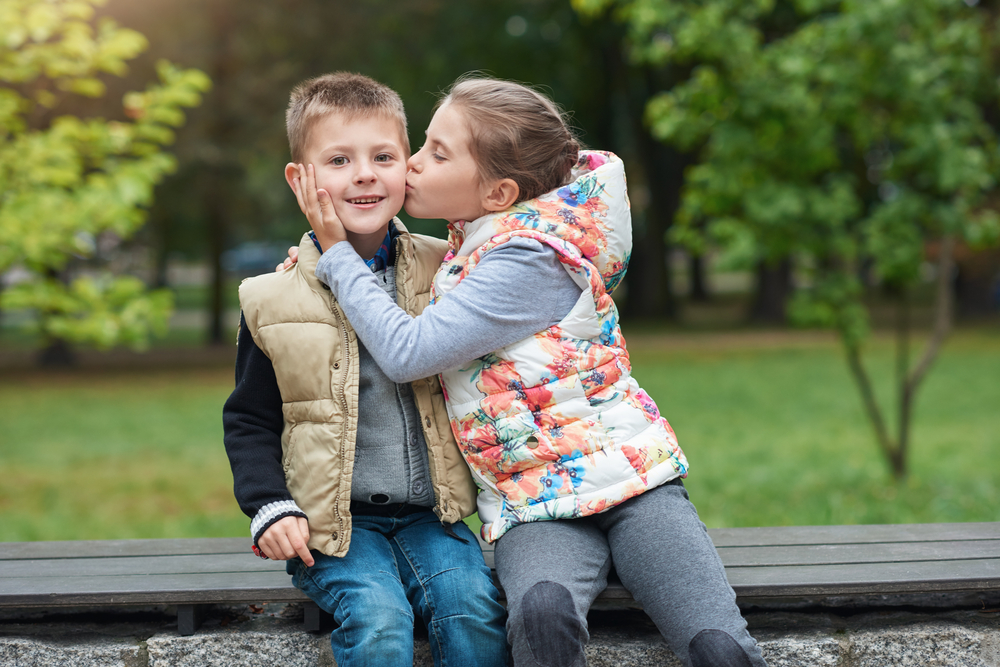
6. Model healthy gender roles.
Children develop healthy gender identities when they have healthy gender models at home. Try to model the following attitudes for your children:
-
Mom and dad are loving caregivers.
-
Mom and dad are fair disciplinarians.
-
Mom and dad respect one another.
-
Mom and dad convey that they like their gender and their chosen roles.
Not only do babies learn from how mom and dad care for them, they also witness how mom and dad care for each other. It is not only healthy, but important, to show affection to your mate in front of your child. If the child sees hugs and kisses and perceives sensitivity between mates, this little sponge learns that it’s good for people to show affection for one another. The result is a child who enjoys giving and getting kisses and hugs from the people he loves. When children see one parent always putting down the other, being insensitive to, or even physically abusing the other, they store these action pictures in their attitude file. They either decide that this is the wrong way for daddy to treat mommy (or vice versa), or they accept that strife instead of sensitivity is the normal pattern between the sexes. Either viewpoint plants unhealthy sexual attitudes and expectations in the child. How mates treat each other strongly influences the child’s later choice of a mate.
7. Discipline affects sexuality.
How a child is disciplined affects, for better or worse, his or her future attitudes toward sex. Children who receive attachment parenting learn to love and trust because they have been loved and trusted. A child who, as an infant, spends hours in arms and at breast, learns to be comfortable touching and being touched. That child learns intimacy. The little person who grows up in a home where mother and father respect each other and their children are likely to view sexual roles as healthy and satisfying.
The child who grows up with harsh, abusive correction may take on the abusive characteristics of the parents or unconsciously look for those qualities in a mate. The child whose expressiveness is squelched by over-controlling parents may have difficulty expressing adult sexuality or may use sex as a tool to control or be controlled by others. The child who never learned “no” may not be able to delay sexual gratification and is more likely to take what he wants without considering the cost. The most important quality of parenting—sensitivity— greatly affects sexuality. One of our goals in discipline is to help a child learn to consider how his actions will affect other people. After all, satisfying sex is basically mutual caring—the ability and desire to satisfy both one’s own and another’s needs.
You May Also Like
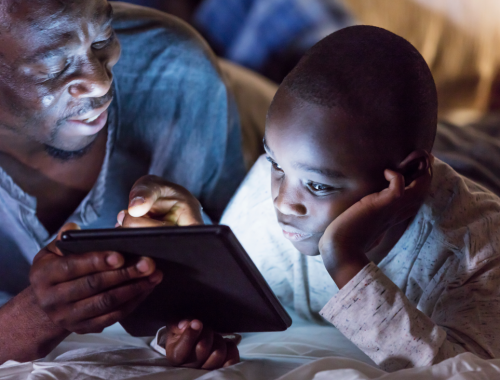
When to Tell Kids About Bad News Events – Part 1
2021-09-15
Top 4 Benefits Of Having A Life Coach
2022-04-18